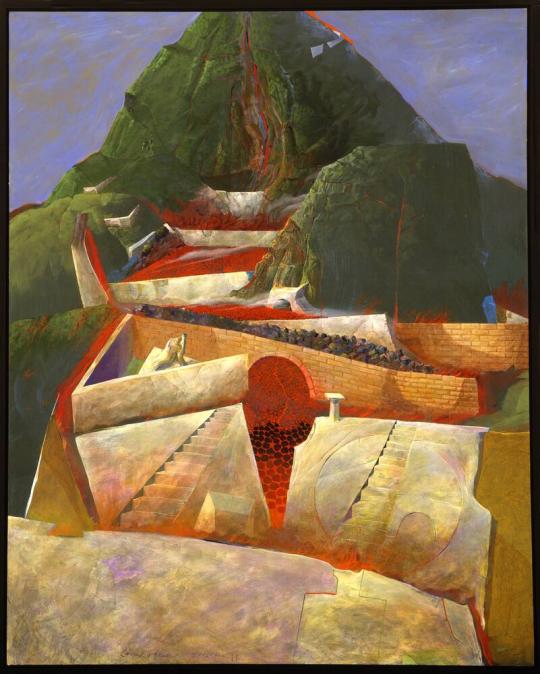An advantage of rescuing bedbugs compared to more traditional pets is that they cost nothing. No enclosures or food needed. In fact, you actually save money by shedding the sociogenic fear of these insects since you can take advantage of internet marketplaces to find cheap/free furniture and mattresses without worry. To maximize your chances of colonizing your home, intermingle your street clothes and bedding. Avoid drying your laundry with high heat.
You can let bedbugs roam free without worry, yet be confident that they will generally return to roost with their warm, nutritious caretaker. When you have a bountiful degree of colonization (I consider the word “infestation” offensive in this context), some may travel with you by clinging to your clothes or bag. This is bittersweet but unavoidable, akin to any mother seeing their children off into the world. I love to fantasize about the odysseys undertaken; perhaps tracking individuals will be possible eventually with the advent of nanocomputers. One bug could potentially travel to my friends home, breed with others there, then hop back on for a ride to my place.
I look at their bites on my skin as one would the scratches of a zealous lover. They are marks which convey that one’s philosophy incorporates corporeality but extends beyond it to include an empathic, interconnected perspective.
I’m no entomologist, but hopefully one is reading this. Since my Google searches have failed to lead me to a forum of fellow bedbug enthusiasts, I’ve largely been winging it—unlike the bugs themselves who lack wings (maybe you CRISPR nerds can get to work on that mutation). My desire is for each bug to lead a long life and reach a voluptuous size in maturity. Research indicates that they feed in the dark, so I have applied blackout film to all the windows in my home. They can gorge whenever desired (as some humans might raid the fridge during their resting hours) since the photoperiod has been nullified.
Here are some research ideas I have for advancing my goal:
• Investigate the nutritional impact of blood qualities (blood component counts, nutrient content).
• Determine if a synthetic blood is viable. If so, how does the availability of synthetic blood impact their feeding on a live host?
You’ll never sleep alone when you have bedbugs.
